Evolutionary Game Theory and the Simulation of Green Building Development Based on Dynamic Government Subsidies
Abstract
:1. Introduction
2. Related Literature
3. Model
3.1. Application of Evolutionary Game
3.2. Carbon Emission Factor Method
3.3. Model Assumption
3.4. Model Analysis
3.4.1. Strategy Stability Analysis of Government
- (1)
- When , ; if , then , and we can see that is the only ESS, and the bounded rational government will not adopt a funding subsidy policy; if , then , we can see that is the only ESS, and the bounded rational government will adopt a funding subsidy policy.
- (2)
- When , ; if , then , is the only ESS, and the bounded rational government will adopt a funding subsidy policy; if , then , is the only ESS, and the bounded rational government will not adopt a funding subsidy policy.
- (3)
- When , ; if , then , is the only ESS, and the bounded rational government will not adopt a funding subsidy policy; if , then , is the only ESS, and the bounded rational government will adopt a funding subsidy policy.
3.4.2. Strategy Stability Analysis of Developer
- (1)
- When , ; if , then , we can see that is the only ESS, and the bounded rational developer will adopt GBs; if , then , we can see that is the only ESS, and the bounded rational developer will adopt traditional buildings.
- (2)
- When , ; if , then , is the only ESS, and the bounded rational developer will adopt traditional buildings; if , then , is the only ESS, and the bounded rational developer will adopt GBs.
- (3)
- When , ; if , then , is the only ESS, and the bounded rational developer will adopt GBs; if , then , is the only ESS, and the bounded rational developer will adopt traditional buildings.
3.4.3. ESS Analysis between Local Governments and Developers
3.4.4. ESS Analysis of Both Parties in the Improved Evolutionary System Game
4. Numerical Simulations and Discussion
4.1. The Dynamic Evolution Process of the Two Sides of the Game
4.2. Sensitivity Analysis of Related Parameters
4.2.1. Government Supervision
4.2.2. Government Punishment
4.2.3. Government Funding Subsidies
4.2.4. Phasing out Rate of Government Funding Subsidies
4.3. Countermeasures Based on Simulation Results
5. Conclusions
Author Contributions
Funding
Institutional Review Board Statement
Data Availability Statement
Conflicts of Interest
References
- Abdelhady, A.A. Phenotypic differentiation of the Red Sea gastropods in response to the environmental deterioration: Geometric morphometric approach. J. Afr. Earth Sci. 2016, 115, 191–202. [Google Scholar] [CrossRef]
- International Energy Agency. Data and Statistics. 2020. Available online: https://www.iea.org/data-and-statistics (accessed on 28 April 2020).
- International Energy Agency. Fuels and Technologies. 2020. Available online: https://www.iea.org/fuels-and-technologies (accessed on 28 April 2020).
- Fu, Y.; Dong, N.; Ge, Q.; Xiong, F.; Gong, C. Driving-paths of green buildings industry (GBI) from stakeholders’ green behavior based on the network analysis. J. Clean. Prod. 2020, 273, 122883. [Google Scholar] [CrossRef]
- Wu, X.; Peng, B.; Lin, B. A dynamic life cycle carbon emission assessment on green and non-green buildings in China. Energy Build. 2017, 149, 272–281. [Google Scholar] [CrossRef]
- Ministry of Housing and Urban-Rural Development of the People’s Republic of China. 2022. Available online: https://www.mohurd.gov.cn/gongkai/fdzdgknr/tzgg/201905/20190530_240717.html (accessed on 28 April 2020).
- Chen, L.; Chan, A.P.; Owusu, E.K.; Darko, A.; Gao, X. Critical success factors for green building promotion: A systematic review and meta-analysis. Build. Environ. 2021, 207, 108452. [Google Scholar] [CrossRef]
- Darko, A.; Zhang, C.; Chan, A.P. Drivers for green building: A review of empirical studies. Habitat Int. 2017, 60, 34–49. [Google Scholar] [CrossRef]
- Chinese Green Building Evaluation Label. Available online: http://www.cngb.org.cn/ (accessed on 24 December 2021).
- Ministry of Housing and Urban-Rural Development of the People’s Republic of China. Available online: https://www.mohurd.gov.cn/ (accessed on 24 February 2022).
- Ministry of Housing and Urban-Rural Development of the People’s Republic of China. Available online: https://www.mohurd.gov.cn/xinwen/gzdt/202101/20210119_248857.html (accessed on 28 April 2020).
- Cohen, C.; Pearlmutter, D.; Schwartz, M. A game theory-based assessment of the implementation of green building in Israel. Build. Environ. 2017, 125, 122–128. [Google Scholar] [CrossRef]
- Lu, W.; Du, L.; Tam, V.W.; Yang, Z.; Lin, C.; Peng, C. Evolutionary game strategy of stakeholders under the sustainable and innovative business model: A case study of green building. J. Clean. Prod. 2021, 333, 130136. [Google Scholar] [CrossRef]
- Yang, Z.; Chen, H.; Mi, L.; Li, P.; Qi, K. Green building technologies adoption process in China: How environmental policies are reshaping the decision-making among alliance-based construction enterprises? Sustain. Cities Soc. 2021, 73, 103122. [Google Scholar] [CrossRef]
- Gao, Y.; Yang, G.; Xie, Q. Spatial-Temporal Evolution and Driving Factors of Green Building Development in China. Sustainability 2020, 12, 2773. [Google Scholar] [CrossRef] [Green Version]
- Meng, Q.; Liu, Y.; Li, Z.; Wu, C. Dynamic reward and penalty strategies of green building construction incentive: An evolutionary game theory-based analysis. Environ. Sci. Pollut. Res. 2021, 28, 44902–44915. [Google Scholar] [CrossRef]
- Bansal, G.; Zahedi, F.M. Trust violation and repair: The information privacy perspective. Decis. Support Syst. 2015, 71, 62–77. [Google Scholar] [CrossRef]
- Feng, Q.; Chen, H.; Shi, X.; Wei, J. Stakeholder games in the evolution and development of green building s in China: Government-led perspective. J. Clean. Prod. 2020, 275, 122895. [Google Scholar] [CrossRef]
- Rana, A.; Sadiq, R.; Alam, M.S.; Karunathilake, H.; Hewage, K. Evaluation of financial incentives for green buildings in Canadian landscape. Renew. Sustain. Energy Rev. 2020, 135, 110199. [Google Scholar] [CrossRef]
- Al, A.E. The analysis of barriers in green building development in Libya. Int. J. Adv. Appl. Sci. 2020, 7, 15–20. [Google Scholar] [CrossRef]
- Song, Y.; Li, C.; Zhou, L.; Huang, X.; Chen, Y.; Zhang, H. Factors affecting green building development at the municipal level: A cross-sectional study in China. Energy Build. 2020, 231, 110560. [Google Scholar] [CrossRef]
- Li, Y.; Song, H.; Sang, P.; Chen, P.-H.; Liu, X. Review of Critical Success Factors (CSFs) for green building projects. Build. Environ. 2019, 158, 182–191. [Google Scholar] [CrossRef]
- Mustaffa, N.K.; Isa, C.M.M.; Ibrahim, C.K.I.C. Top-down bottom-up strategic green building development framework: Case studies in Malaysia. Build. Environ. 2021, 203, 108052. [Google Scholar] [CrossRef]
- Masia, T.; Kajimo-Shakantu, K.; Opawole, A. A case study on the implementation of green building construction in Gauteng province, South Africa. Manag. Environ. Qual. Int. J. 2020, 31, 602–623. [Google Scholar] [CrossRef]
- Fan, K.; Hui, E.C. Evolutionary game theory analysis for understanding the decision-making mechanisms of governments and developers on green building incentives. Build. Environ. 2020, 179, 106972. [Google Scholar] [CrossRef]
- Chen, L.Y.; Gao, X.; Hua, C.X.; Gong, S.T.; Yue, A.B. Evolutionary process of promoting green building technologies adoption in China: A perspective of government. J. Clean. Prod. 2021, 279, 123607. [Google Scholar] [CrossRef]
- Shen, Y.; Faure, M. Green building in China. Int. Environ. Agreem. Polit. Law Econ. 2020, 21, 183–199. [Google Scholar] [CrossRef]
- Yang, X.; Zhang, J.; Shen, G.Q.; Yan, Y. Incentives for green retrofits: An evolutionary game analysis on Public-Private-Partnership reconstruction of buildings. J. Clean. Prod. 2019, 232, 1076–1092. [Google Scholar] [CrossRef]
- Ma, Y.; Kong, L.; Yang, X.; Lin, C. Innovation Cooperation Network Evolution About Green Building Technology With Government Intervention: Based on Evolutionary Game Theory. IEEE Access 2021, 9, 142289–142301. [Google Scholar] [CrossRef]
- Onuoha, I.J.; Aliagha, G.U.; Rahman, M.S.A. Modelling the effects of green building incentives and green building skills on supply factors affecting green commercial property investment. Renew. Sustain. Energy Rev. 2018, 90, 814–823. [Google Scholar] [CrossRef]
- Xing, Z.; Cao, X. Promoting Strategy of Chinese GB Industry: An Evolutionary Analysis Based on the Social Network Theory. IEEE Access 2019, 7, 67213–67221. [Google Scholar] [CrossRef]
- Saka, N.; Olanipekun, A.O.; Omotayo, T. Reward and compensation incentives for enhancing green building construction. Environ. Sustain. Indic. 2021, 11, 100138. [Google Scholar] [CrossRef]
- Huang, N.; Bai, L.; Wang, H.; Du, Q.; Shao, L.; Li, J. Social Network Analysis of Factors Influencing Green Building Development in China. Int. J. Environ. Res. Public Health 2018, 15, 2684. [Google Scholar] [CrossRef] [Green Version]
- He, L.; Chen, L. The incentive effects of different government subsidy policies on green buildings. Renew. Sustain. Energy Rev. 2020, 135, 110123. [Google Scholar] [CrossRef]
- Adel, T.K.; Pirooznezhad, L.; Ravanshadnia, M.; Tajaddini, A. Global policies on green building construction from 1990 to 2019. J. Green Build. 2021, 16, 227–245. [Google Scholar] [CrossRef]
- Ji, S.-F.; Zhao, D.; Luo, R.-J. Evolutionary game analysis on local governments and manufacturers’ behavioral strategies: Impact of phasing out subsidies for new energy vehicles. Energy 2019, 189, 116064. [Google Scholar] [CrossRef]
- Fang, Y.; Wei, W.; Liu, F.; Mei, S.; Chen, L.; Li, J. Improving solar power usage with electric vehicles: Analyzing a public-private partnership cooperation scheme based on evolutionary game theory. J. Clean. Prod. 2019, 233, 1284–1297. [Google Scholar] [CrossRef]
- Su, Y. Multi-agent evolutionary game in the recycling utilization of construction waste. Sci. Total Environ. 2020, 738, 139826. [Google Scholar] [CrossRef]
- Sun, Y.; Liu, B.; Fan, J.; Qiao, Q. The multi-player evolutionary game analysis for the protective development of ecotourism. Environ. Sci. Policy 2021, 126, 111–121. [Google Scholar] [CrossRef]
- Wang, J.; Zhou, Z.; Botterud, A. An evolutionary game approach to analyzing bidding strategies in electricity markets with elastic demand. Energy 2011, 36, 3459–3467. [Google Scholar] [CrossRef]
- Wang, J.; Qin, Y.; Zhou, J. Incentive policies for prefabrication implementation of real estate enterprises: An evolutionary game theory-based analysis. Energy Policy 2021, 156, 112434. [Google Scholar] [CrossRef]
- Fan, Y.; Zhang, Z. Estimating Method of Carbon Emission in Construction Engineering. Constr. Technol. 2013, 42, 14–15+70. Available online: https://kns.cnki.net/kcms/detail/detail.aspx?FileName=SGJS201322007&DbName=CJFQ2013 (accessed on 24 February 2022).
- Kong, F.; Wang, X.; Tian, X. Comparative Study on Carbon Emission in Construction Phase between Prefabrication and Traditional Residence Based on Carbon Emission Factor Method. Ecol. Econ. 2017, 33, 81–84. Available online: https://kns.cnki.net/kcms/detail/detail.aspx?FileName=STJJ201708016&DbName=CJFQ2017 (accessed on 24 February 2022).
- Friedman, D. Evolutionary Games in Economics. Econometrica 1991, 59, 637–666. [Google Scholar] [CrossRef] [Green Version]
- Wang, Z.-Q.; Zhang, Q.-M.; You, W.-B. An Evolutionary Game and Simulation Study on Government Incentive Strategy of Prefabricated Buildings—From the Perspective of Government Subsidy. Syst. Eng. 2019, 37, 151–158. Available online: https://kns.cnki.net/kcms/detail/detail.aspx?FileName=GCXT201903016&DbName=CJFQ2019 (accessed on 24 February 2022).
- Morin, P.; Samson, C. Control of nonlinear chained systems: From the Routh-Hurwitz stability criterion to time-varying exponential stabilizers. IEEE Trans. Autom. Control 1997, 45, 141–146. [Google Scholar] [CrossRef] [Green Version]
- Liang, X.; Yang, F. Study on the Supply Side Evolutionary Game of Green Building under the Mechanism of Government Dynamic Reward and Punishment. Chin. J. Manag. Sci. 2021, 29, 184–194. [Google Scholar] [CrossRef]
- Wang, B.; Liao, F.; Zhang, J. Evolutionary Game and Simulation of Key Subjects in GB Development. J. Techn. Econ. Manag. 2021, 7, 109–114. Available online: https://kns.cnki.net/kcms/detail/detail.aspx?FileName=JXJG202107023&DbName=CJFQ2021 (accessed on 24 February 2022).
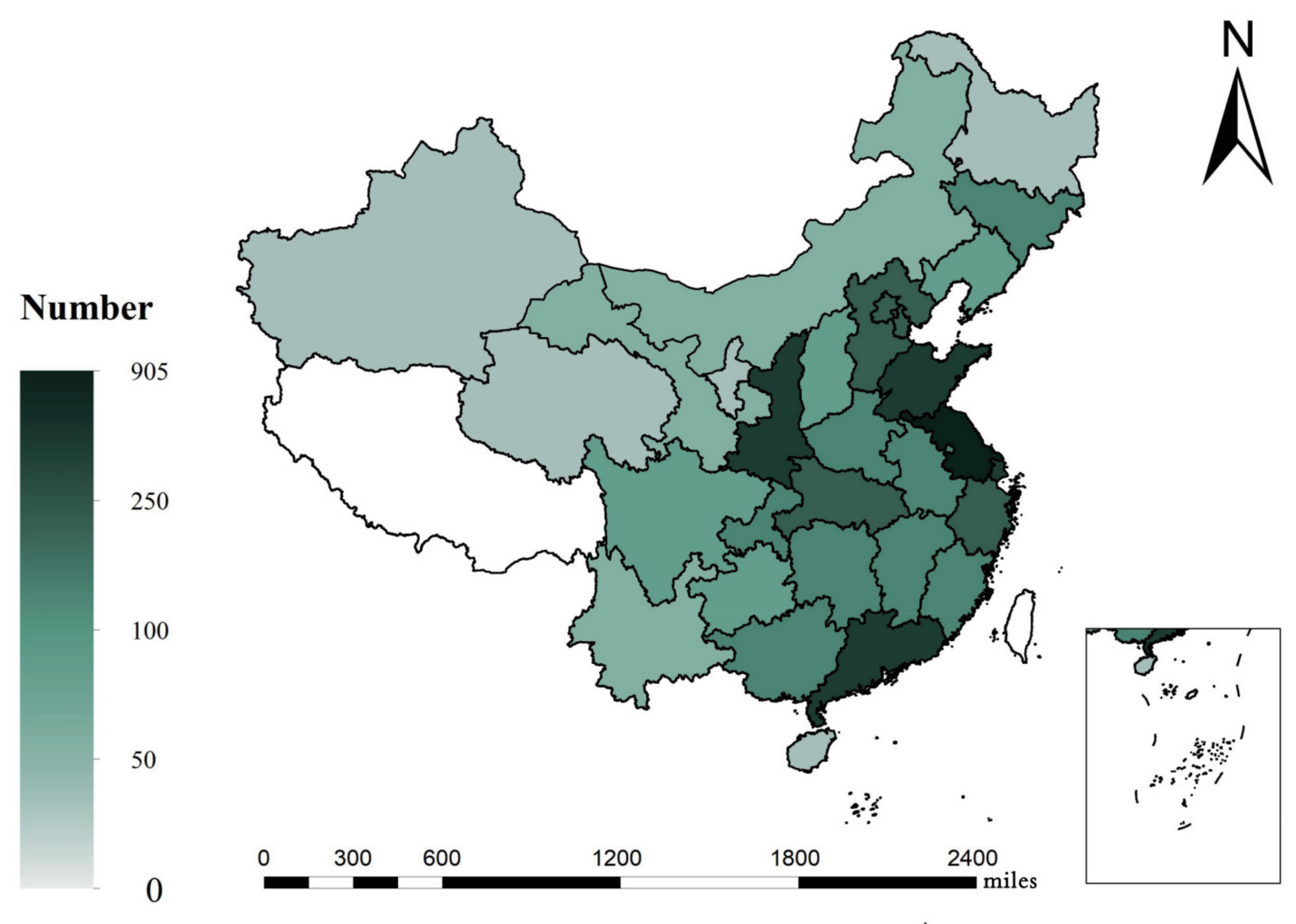
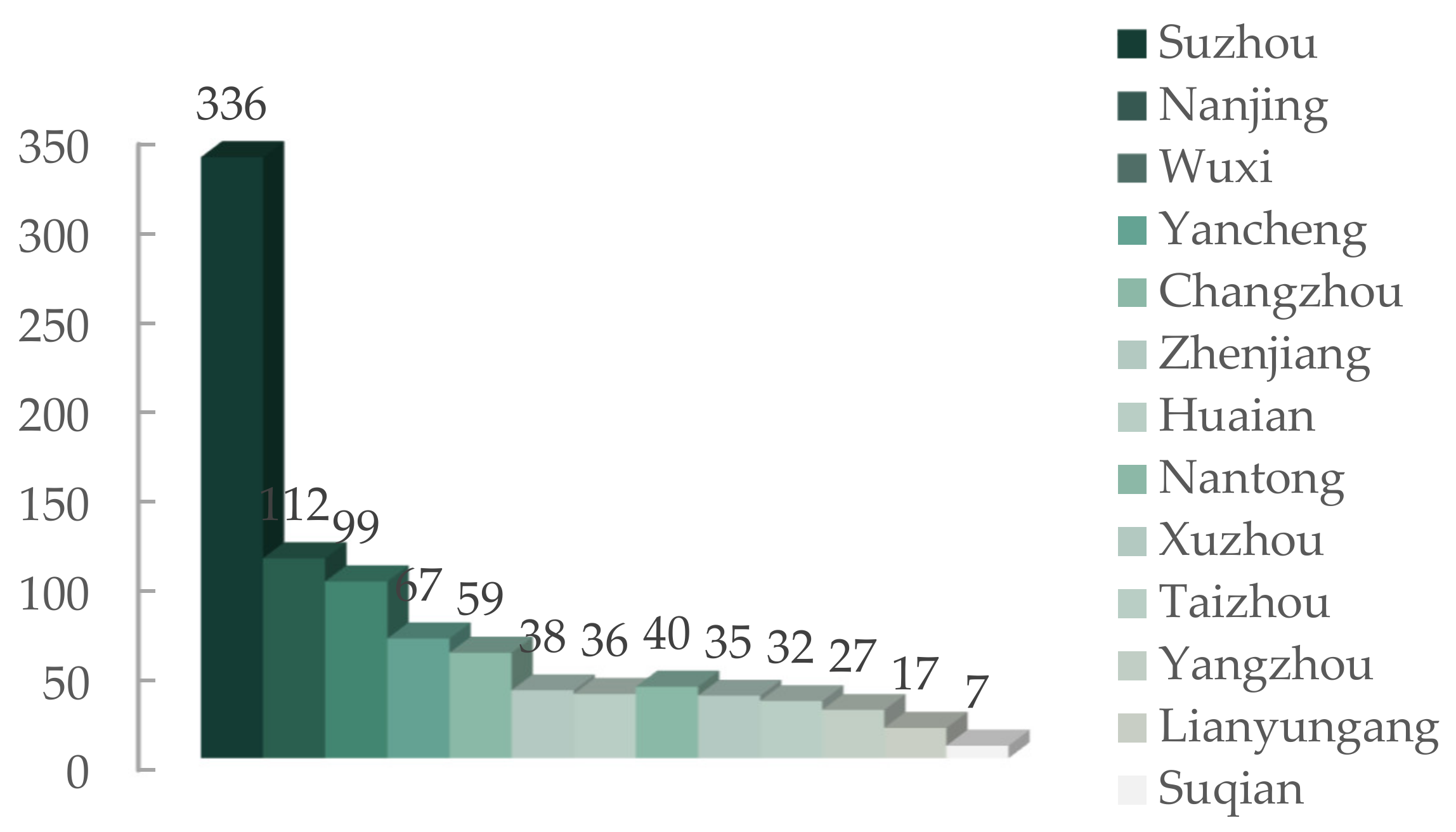
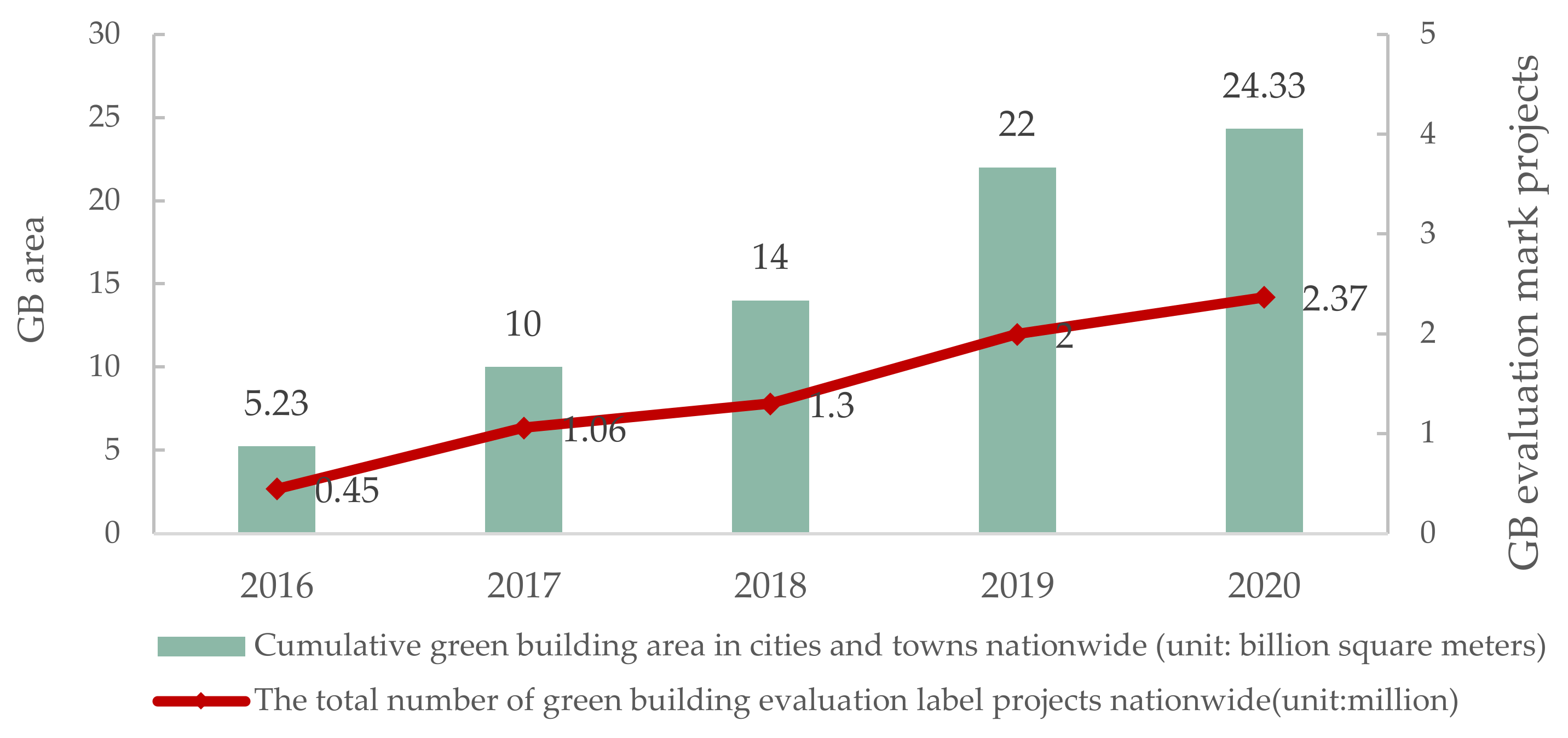

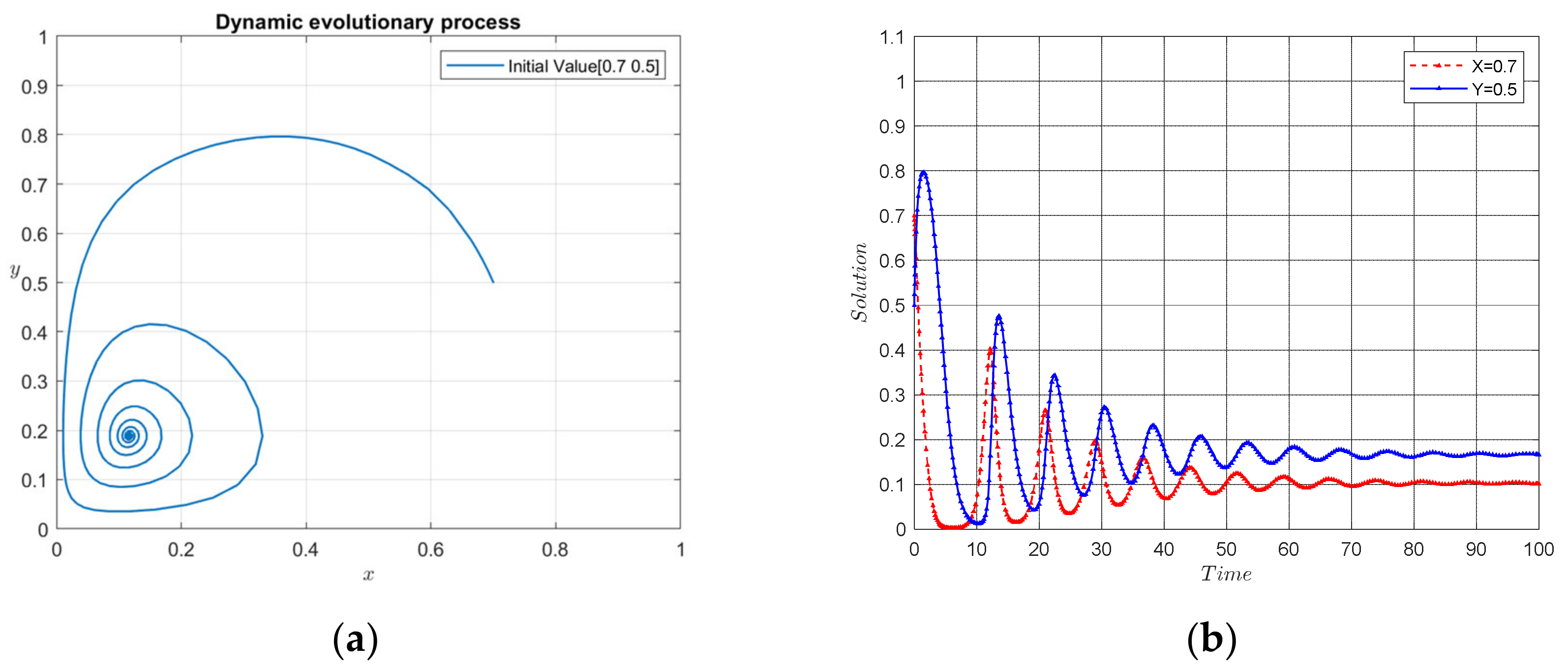
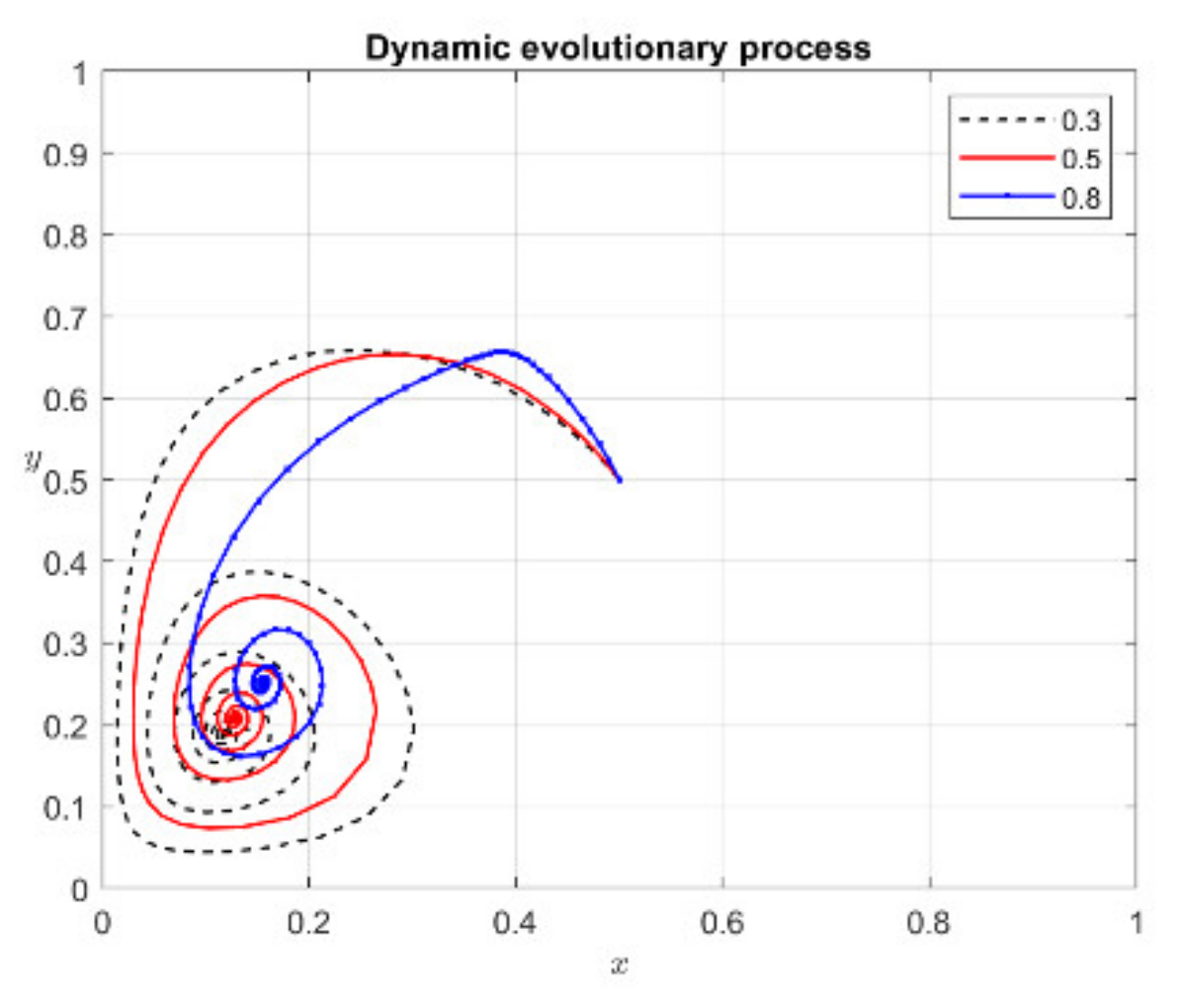



| Source | F | S | St | R | Context | Remarks |
|---|---|---|---|---|---|---|
| [19] | √ | √ | √ | Financial incentives | The financial incentives available for residential and commercial buildings in Canada were surveyed, followed by a comprehensive review of studies related to the assessment of the effectiveness of the financial incentives. | |
| [7] | √ | √ | √ | Literature review on the critical success factors | The roles of stakeholders and government are vital. Found that it is necessary to provide sufficient incentives and mandatory requirements at the statutory level. | |
| [20] | √ | √ | Research factors affecting GB development in Libya | The aim was to address this lack of knowledge and awareness related to the impact of green building in Libya and to seek to identify the reasons for the lack of sustainable building and green building methods in Libya, thereby removing barriers to sustainable building in Libya. | ||
| [21] | √ | √ | Research factors affecting GB development | Mandatory regulations have a stronger effect than incentive policies. | ||
| [22] | √ | √ | √ | Systematic review of critical success factors (CSFs) for GB | The contractors and owners were found to be more related to these identified CSFs. | |
| [23] | √ | Evaluated green practices from several stakeholders’ perspectives. | Found that the long-term economic benefits and government policies will be effective motivators toward encouraging behavioral change and organizational commitment to green practices, while perceived high costs are the greatest barrier to the implementation of green practices. | |||
| [16] | √ | √ | Stakeholder games (government supervision department and contractors) | As the intensity of subsidies and penalties increase, contractors tend toward green construction. The probability of active supervision by the government is inversely proportional to subsidy and positively proportional to penalty. | ||
| [24] | √ | √ | A case study on green building construction | Identify the key green building principles considered by real estate developers, determine the benefits of implementing these principles, and identify barriers to their application. | ||
| [25] | √ | √ | √ | Stakeholder games (government and developer) | The price premium of GB and the level and affordability of incentives were found to be the critical factors for the decision making of the leading players. | |
| [26] | √ | √ | √ | GB technology (GBT) | Government subsidies are essential for promoting GBT. | |
| [27] | √ | The reason for the success of GB in China and the role of law in promoting GB | Found that no single instrument in itself is optimal for promoting GB and government mandates. | |||
| [28] | √ | √ | √ | Stakeholder games (government groups and investment groups) | The combination of positive and negative policy incentive measures will be the better way to promote green retrofits for PPP-BR. | |
| [29] | √ | Evolutionary game models are constructed based on the GBT innovation cooperation network | Found that government intervention is reasonable and legitimate for GBT innovation cooperation. | |||
| [30] | √ | Modeled the effects of monetary green tax incentives and GB skills on supply factors affecting green commercial property investment | Government policies, green certification, developers’ expected rate of return motivations, and market strategy benefit motivations were significant. | |||
| [31] | √ | √ | Stakeholder games (focal and marginal enterprises) | Found that the government grant and financial support are deemed critical for promoting the development of GB products (GBP). | ||
| [32] | √ | √ | A narrative review of academic and practitioner publications was obtained in a quasi-systematic manner to reveal the forms of reward | Found that scaling the forms of reward and compensation can be done on the bases of the phases of GB construction. | ||
| [33] | √ | √ | Identified 28 GB influencing factors from two perspectives: the life cycle and stakeholders | Found that government supervision, incremental cost, property management experience, and the awareness of environmental protection in GBs are the critical influencing factors in promoting GB development. | ||
| [34] | √ | Examined the incentive effects of government subsidy policies to promote the development of GBs | Simultaneously subsidizing both developers and consumers resulted in the greatest benefits. The incentive effect of subsidies on consumers was superior to that of subsidies on developers. | |||
| [35] | √ | Global policies for green building construction from 1990 to 2019 | A scientometric analysis of several published articles on policies, incentives, and barriers to green building construction from 1990 to 2019 is reviewed. |
| Parameters | Description |
|---|---|
| The construction cost required for developers to construct traditional buildings | |
| Construction costs for developers to build GBs | |
| Developers’ gains from constructing traditional buildings | |
| Dev benefits from constructing GBs | |
| Social benefits obtained by developers from constructing GBs | |
| λ | The supervision of developers when the government adopts incentive policies |
| The government adopts policies to encourage developers to penalize when they violate the regulations in constructing GBs | |
| GB grade factor | |
| The cost of the government’s subsidy policy (including publicity funds and labor costs) | |
| The environmental cost to the government caused by developers constructing traditional buildings | |
| Developers taking the social benefits of constructing GBs | |
| The government adopting incentive policies to subsidize developers to build GBs | |
| The government adopts policies to encourage developers to penalize when they construct traditional buildings | |
| Phasing out rate of government funding subsidies | |
| Carbon emissions |
| Number | Decision Portfolio | Payoff Matrix | |
|---|---|---|---|
| Government | Developers | ||
| 1 | |||
| 2 | |||
| 3 | |||
| 4 | |||
| Point | Simple | Simple | Result | ||
|---|---|---|---|---|---|
| Uncertain | Saddle point | ||||
| Uncertain | Saddle point | ||||
| Uncertain | Saddle point | ||||
| Uncertain | Saddle point | ||||
| 0 | 0 | Central point |
| Point | Simple | Simple | Result | ||
|---|---|---|---|---|---|
| Uncertain | Saddle point | ||||
| Uncertain | Saddle point | ||||
| Uncertain | Saddle point | ||||
| Uncertain | Saddle point | ||||
| ESS |
| Parameter | Value |
|---|---|
| c1 | 1.6 |
| 2 | |
| 0.14 | |
| 2 | |
| λ | 0.3 |
| 1 | |
| 3 | |
| 2.4 | |
| 0.16 | |
| 1.5 | |
| 2.6 |
Publisher’s Note: MDPI stays neutral with regard to jurisdictional claims in published maps and institutional affiliations. |
© 2022 by the authors. Licensee MDPI, Basel, Switzerland. This article is an open access article distributed under the terms and conditions of the Creative Commons Attribution (CC BY) license (https://creativecommons.org/licenses/by/4.0/).
Share and Cite
Gao, Y.; Jia, R.; Yao, Y.; Xu, J. Evolutionary Game Theory and the Simulation of Green Building Development Based on Dynamic Government Subsidies. Sustainability 2022, 14, 7294. https://doi.org/10.3390/su14127294
Gao Y, Jia R, Yao Y, Xu J. Evolutionary Game Theory and the Simulation of Green Building Development Based on Dynamic Government Subsidies. Sustainability. 2022; 14(12):7294. https://doi.org/10.3390/su14127294
Chicago/Turabian StyleGao, Ye, Renfu Jia, Yi Yao, and Jiahui Xu. 2022. "Evolutionary Game Theory and the Simulation of Green Building Development Based on Dynamic Government Subsidies" Sustainability 14, no. 12: 7294. https://doi.org/10.3390/su14127294
APA StyleGao, Y., Jia, R., Yao, Y., & Xu, J. (2022). Evolutionary Game Theory and the Simulation of Green Building Development Based on Dynamic Government Subsidies. Sustainability, 14(12), 7294. https://doi.org/10.3390/su14127294





